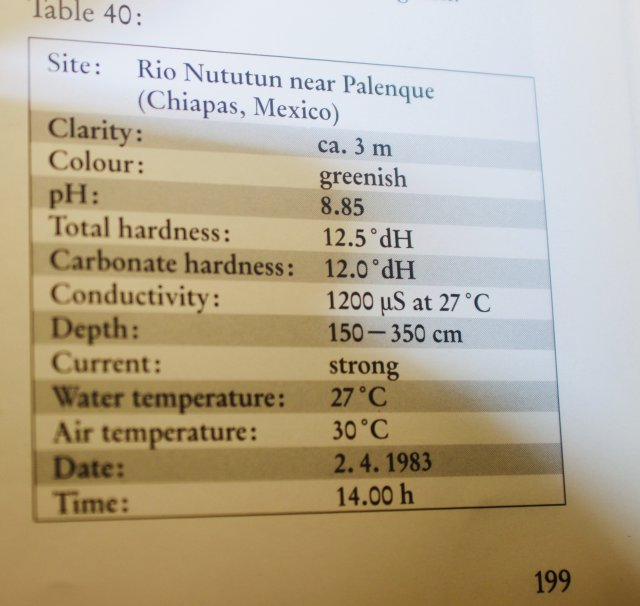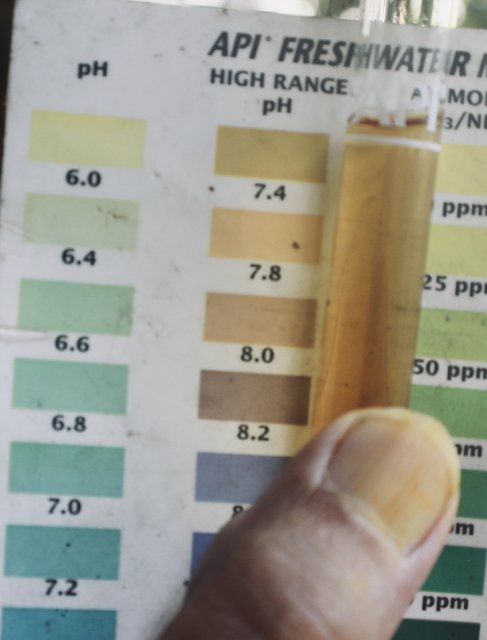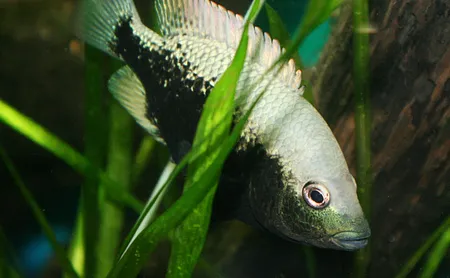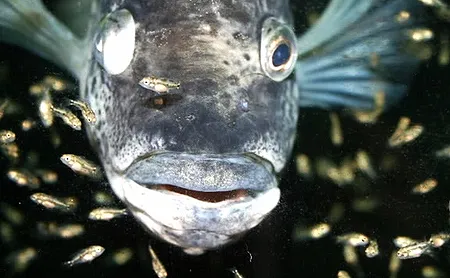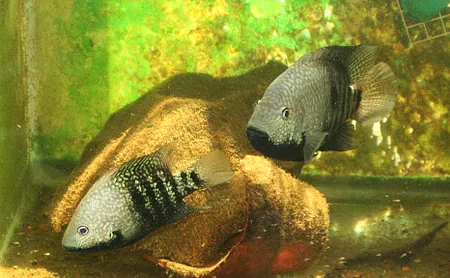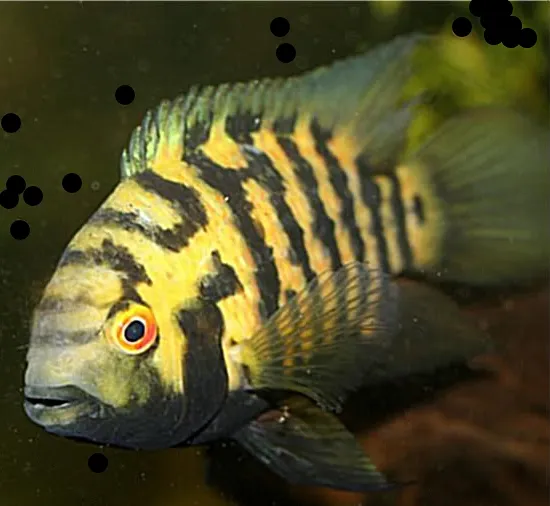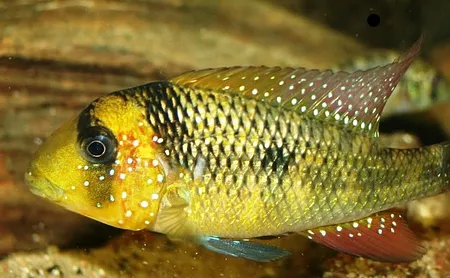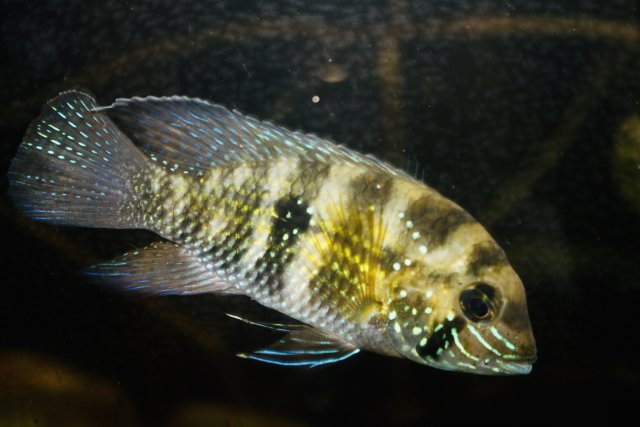We recently bough a house in the Hudson Valley and are now on well water. After 30+ years living in New York City, where the water is just about 100% perfect in all ways, we now have water that comes out of the tap around 8.0-8.4 pH and actually rises to around 8.6 after a few days in the tank. I'm running a few tanks here with no fish (my fish have not made the move to the country yet).
I have CA/SA cichlids and other fish that would ordinarily be considered to do best with a more neutral pH (and have all thrived in my 7.0 NYC pH). I obviously don't want to bring them up here and just drop them into much more alkaline water...
Option 1. I suppose I could gradually acclimate the fish. The CA cichlids would likely do ok. Might worry about the SA cichlids though. Not sure this is the best way to go though.
Option 2. A more "responsible" approach might be to use an RO unit and remineralize. The issue I have with this method is that I'm planning to use a continuous drip system on my tank for water changes and having to go through the RO and then remineralize would be problematic for the drip system. The tank is going to be very large - 550g. So one thought I had was to run a line from my cold water supply through the RO unit and then have that drip into the tank. Since it's a slow drip, adding straight RO wouldn't have much effect immediately and I could then dose buffer periodically to maintain proper pH. Might take a little tinkering, but I guess that might work.
Option 3. The easiest/most sensible option I suppose would be to just get a large reservoir tank, fill it with RO, mineralize it and just do big drain/fill water changes as I've always done in the past. I'll be disappointed to not be able to use the drip system, but I guess that wouldn't be that big a deal.
What would you folks do?
I have CA/SA cichlids and other fish that would ordinarily be considered to do best with a more neutral pH (and have all thrived in my 7.0 NYC pH). I obviously don't want to bring them up here and just drop them into much more alkaline water...
Option 1. I suppose I could gradually acclimate the fish. The CA cichlids would likely do ok. Might worry about the SA cichlids though. Not sure this is the best way to go though.
Option 2. A more "responsible" approach might be to use an RO unit and remineralize. The issue I have with this method is that I'm planning to use a continuous drip system on my tank for water changes and having to go through the RO and then remineralize would be problematic for the drip system. The tank is going to be very large - 550g. So one thought I had was to run a line from my cold water supply through the RO unit and then have that drip into the tank. Since it's a slow drip, adding straight RO wouldn't have much effect immediately and I could then dose buffer periodically to maintain proper pH. Might take a little tinkering, but I guess that might work.
Option 3. The easiest/most sensible option I suppose would be to just get a large reservoir tank, fill it with RO, mineralize it and just do big drain/fill water changes as I've always done in the past. I'll be disappointed to not be able to use the drip system, but I guess that wouldn't be that big a deal.
What would you folks do?



